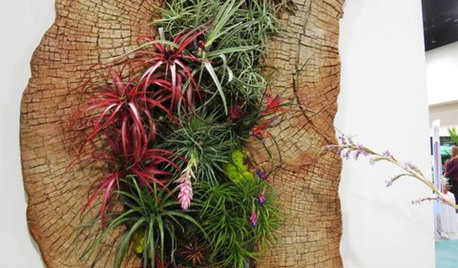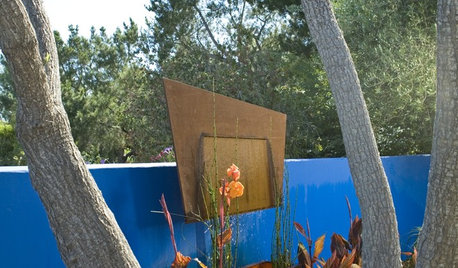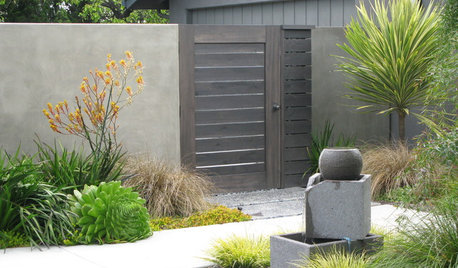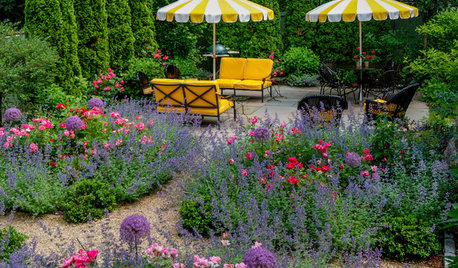Going to be planting azaleas
heelsfan
18 years ago
Related Stories

FLOWERSRudbeckia Mania: Go Beyond Black-Eyed Susan in the Garden
Branch out from typical nursery fare, with lesser-known Rudbeckia species that have delightfully unexpected features
Full Story
LANDSCAPE DESIGNGarden Overhaul: Which Plants Should Stay, Which Should Go?
Learning how to inventory your plants is the first step in dealing with an overgrown landscape
Full Story
DECORATING GUIDESAir Plants Go Easy on Indoor Gardeners
If your best intentions leave stalks barely breathing, embrace blissfully easy air plants to bring a living garden to your home
Full Story
EVENTSDesign Calendar: Where to Go and What to See in April 2016
Tour modern homes, peruse handmade furniture and stroll native-plant gardens this month
Full Story
GARDENING GUIDESHow to Go Bold With Summer Garden Color
Get dramatic color in your garden from summer through fall with these tips for plantings, furniture and backdrops
Full Story
LANDSCAPE DESIGNDare to Go Gray in the Garden
Use neutral gray as a soother, a buffer and a framework for plants in many colors
Full Story
SAVING WATERHouzz Call: Are You Letting Go of Your Lawn?
Many facing a drought are swapping turf for less thirsty plantings. If you’re one of them, we’d like to hear about it
Full Story
GARDENING GUIDESGreat Design Plant: Asclepias Incarnata for a Butterfly Garden
Beautiful swamp milkweed makes it easy to help monarchs and other pollinators in eastern U.S. gardens
Full Story
LANDSCAPE DESIGNGo for Baroque for a Vivacious, Colorful Garden
Give your landscape a sumptuous feel with over-the-top hues, bright accessories and container arrangements as wild as can be
Full Story
HOUSEPLANTSGo Tropical the Easy Way With Bromeliads
Months of blooms and a tolerance for low light make tropical bromeliads ideal as gifts, indoor centerpieces and outdoor eye catchers
Full Story





judithva
heelsfanOriginal Author
Related Professionals
Carlisle Landscape Architects & Landscape Designers · Deer Park Landscape Architects & Landscape Designers · Anderson Landscape Contractors · Addison Landscape Contractors · Beachwood Landscape Contractors · Cockeysville Landscape Contractors · Emmaus Landscape Contractors · Lakewood Landscape Contractors · Mequon Landscape Contractors · Pahrump Landscape Contractors · Painesville Landscape Contractors · San Antonio Landscape Contractors · Tuscaloosa Landscape Contractors · West Haverstraw Landscape Contractors · Maplewood Landscape Contractorsmorz8 - Washington Coast
heelsfanOriginal Author
morz8 - Washington Coast
katrina1